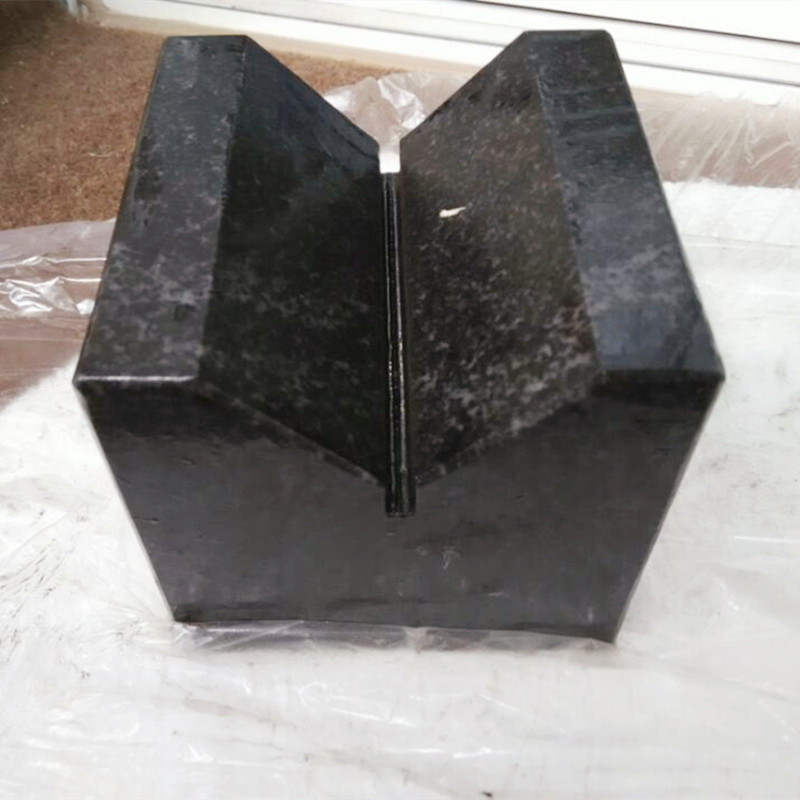ኅዳር . 19, 2024 17:35 Back to list
back check valve
Understanding Back Check Valves Functionality and Applications
Back check valves, a crucial component in many fluid control systems, play a vital role in maintaining the efficiency and safety of various industrial processes. These valves prevent backflow within a piping system, ensuring that fluid only moves in one direction. Their importance cannot be overstated, as backflow can lead to contamination, equipment damage, and process inefficiencies.
What is a Back Check Valve?
A back check valve, often referred to simply as a check valve, is a mechanical device that allows fluid to flow through it in one direction while preventing it from flowing in the opposite direction. This unidirectional flow is achieved through a straightforward design the valve typically comprises a valve body, a seat, and a movable element, often a disc or ball, which closes when the fluid attempts to reverse its direction.
When fluid flows in the intended direction, the movable element is pushed away from the seat, allowing passage. However, if the flow reverses, the element is forced back onto the seat, creating a seal that blocks off any backward flow. This design not only protects the system from negative pressure surges but also ensures that any contaminants do not re-enter the process.
Applications of Back Check Valves
Back check valves are widely used across various industries, including water treatment, oil and gas, chemical manufacturing, and HVAC systems. Here, we will explore some of the key applications
1. Water and Wastewater Treatment In water treatment facilities, back check valves prevent contaminated water from flowing back into clean water sources. This is crucial for maintaining water quality and protecting public health.
2. Pumping Systems In pumping applications, back check valves protect pumps from potential damage caused by reverse flow, especially during power outages or system failures. By keeping the fluid from flowing back into the pump, these valves help prolong the life of the equipment.
back check valve

3. Heating, Ventilation, and Air Conditioning (HVAC) In HVAC systems, back check valves are used to prevent water from returning to the heating or cooling units when not in operation. This helps maintain system efficiency and protects the equipment.
4. Chemical Processing In chemical manufacturing, the integrity of processes is paramount. Back check valves ensure that hazardous or corrosive chemicals do not flow back into tanks or pipelines, which could lead to dangerous situations.
Types of Back Check Valves
There are several types of back check valves, each suited to specific applications
- Swing Check Valve This type features a hinged disc that swings open with forward flow and closes by gravity or back pressure. It is often used in larger diameter pipelines.
- Ball Check Valve This design utilizes a ball that sits on the seat when there is no flow. It is excellent for preventing backflow in smaller pipelines and is often found in residential systems.
- Lift Check Valve In this type, the disk is lifted off the seat as fluid flow initiates. It is more suited for vertical applications and is typically installed in pump discharge lines.
Conclusion
Back check valves are indispensable in various fluid control systems. Their primary role in preventing backflow not only protects equipment and processes but also contributes to the safety and reliability of operations across multiple industries. When selecting a back check valve, it is essential to consider factors such as the type of fluid, pressure levels, and specific application requirements. By understanding the functionality and significance of back check valves, industries can ensure safe and efficient operations for years to come.
-
Why Metric Trapezoidal Thread is Ideal for Precision Motion ControlNewsAug.05,2025
-
The Unique Properties of a Block of Granite for Industrial UseNewsAug.05,2025
-
The Role of Flanged Y Strainers in Preventing Pipeline ClogsNewsAug.05,2025
-
The Importance of Regular Calibration for Master Ring GagesNewsAug.05,2025
-
How a Cast Iron Surface Table Enhances Accuracy in ManufacturingNewsAug.05,2025
-
Comparing Different Check Valve Types for Optimal Flow ControlNewsAug.05,2025
Related PRODUCTS









